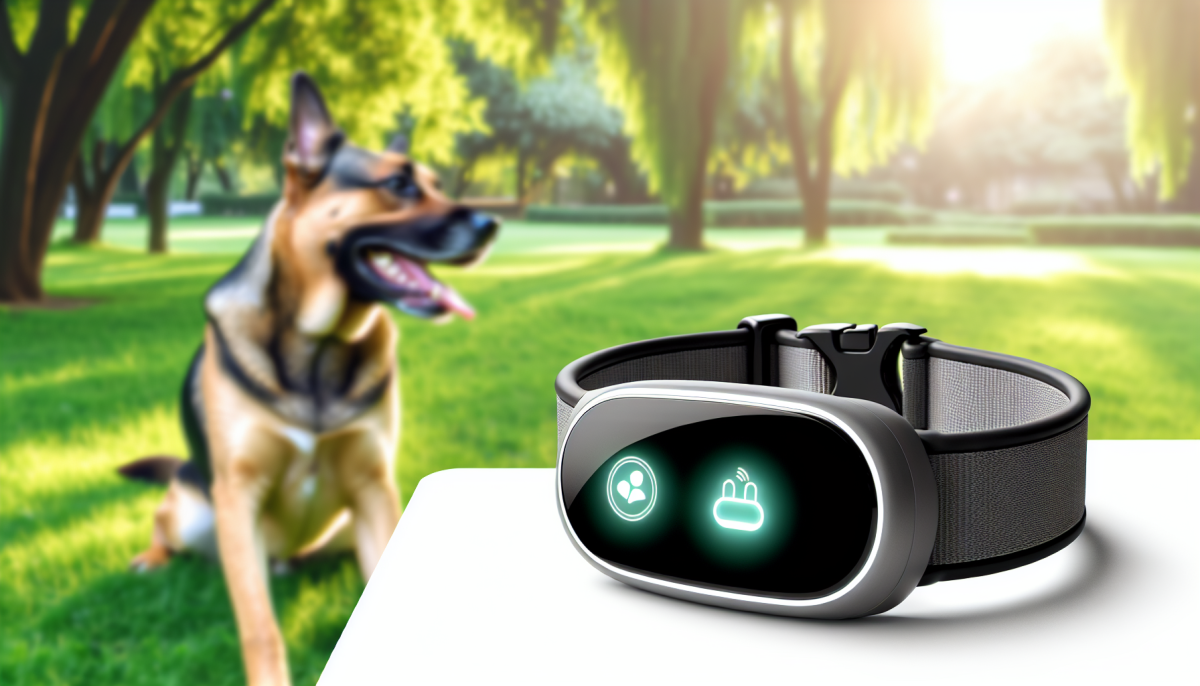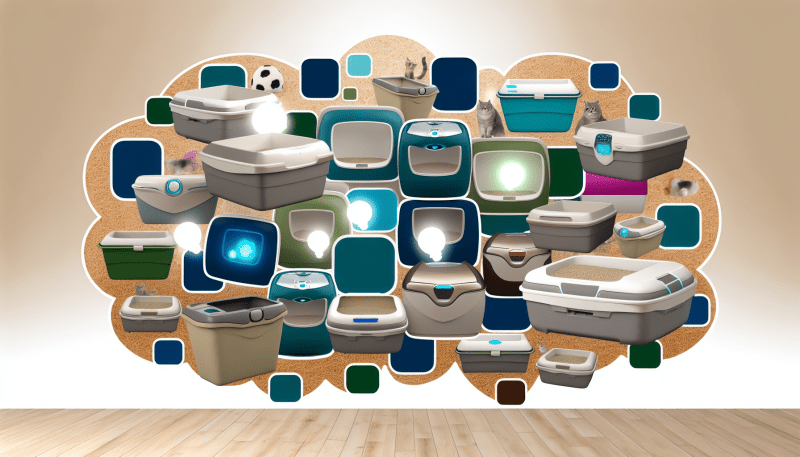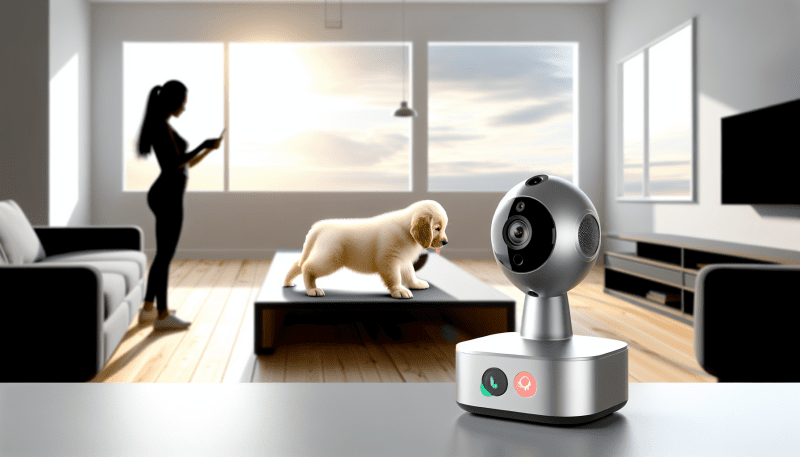When it comes to training your furry friend, the right tools make all the difference. Smart collars have taken pet training to the next level with some impressive features that can help you get the best results. Let’s dive into what makes these collars so special!
Adjustable Training Modes
One of the standout features of smart collars is their adjustable training modes. Whether you want to focus on basic commands or tackle some advanced behaviors, these collars have got you covered. You can easily switch between modes like beep, vibration, and shock (if necessary). This versatility lets you choose the best method for your pet's personality and learning style.
Real-Time Tracking
Another great feature is real-time tracking. You’ll never have to worry about where your pet is again! The GPS functionality lets you keep an eye on their location at all times. This way, if they wander off or explore a little too far, you can quickly find them without the panic.
Customizable Notifications
With smart collars, you can set up customizable notifications to suit your preferences. Receive alerts when your pet leaves a designated safe zone or if they've been inactive for a while. It’s a smart way to ensure your dog is getting enough exercise and staying safe while exploring.
Overall, smart collars are packed with features that make training and monitoring your pet a breeze. They’re user-friendly and designed to fit into your lifestyle, adding convenience and peace of mind as you bond with your furry companion.
Choosing the Right Training Mode
First off, think about what behaviors you want to change or encourage. Is your dog barking excessively? A bark control mode could be a great fit. If you’re working on basic commands like sitting or staying, look for a training mode that offers positive reinforcement. These modes usually provide gentle vibrations or tones to guide your pup in the right direction.
Next, consider your dog's temperament. Some pups are more sensitive than others. If you have a timid dog, you might want to stick with modes that use gentle reminders rather than anything too harsh. On the other hand, if your dog is more stubborn, a firm correction can sometimes get results. Always keep your dog's feelings in mind and choose the mode that aligns with their personality.
Lastly, don’t hesitate to mix things up! Some smart collars allow you to switch between modes easily, which can keep your training fresh and exciting for your dog. Trying various modes can help you find what works best for your canine companion. Just remember, patience is key, and celebrating little victories will make the journey more enjoyable for both of you!
Easy Steps for Customization
Customizing your smart collar's training modes is a breeze, and it can make a big difference in your dog's learning experience. Here are some easy steps to get you started:
Remember, every dog is different, so it might take a few tries to nail down the perfect setup. Be patient and attentive, and you’ll create a training experience that your pup will benefit from!
Maximize Your Training Success
Getting the most out of your smart collar starts with understanding its training modes. These features are designed to suit different needs, whether you’re dealing with a pup who needs basics or a more active furry friend requiring advanced training.
To maximize your training success, begin by identifying the specific behaviors you want to target. Is it basic commands like sit and stay, or perhaps correcting unwanted behaviors like excessive barking? Most smart collars offer various modes, including vibration, sound, and static stimulation. Each mode can be effective, but it’s important to choose one that suits your dog's personality and training level.
Another tip is to customize the level of stimulation. Many collars allow you to adjust the intensity, which is super helpful. Start low and increase gradually if needed. Some dogs respond well to a gentle beep or vibration without going to higher levels. By tailoring the settings, you can create a positive learning experience.
Consistency is key in training. Make sure you use the collar during training sessions regularly. Create a routine that includes short, fun practice times, which helps reinforce what your dog learns. Positive reinforcement—like treats or praise—works wonders when paired with the collar, making the whole training process more enjoyable for both of you.



